Removing the piercing as early as possible is important for avoiding complications

If you’ve had your nipples pierced and you’re pregnant or thinking about having kids, you may be wondering if your piercings are safe to wear while breastfeeding (chestfeeding). And can you leave them in for the duration of your pregnancy? Or do you have to take them out along the way?
Advertisement
Cleveland Clinic is a non-profit academic medical center. Advertising on our site helps support our mission. We do not endorse non-Cleveland Clinic products or services. Policy
People get their nipples pierced for a variety of reasons, but we don’t always think so far ahead about the complications they might cause. Pediatrician and breastfeeding medicine specialist Heidi Szugye, DO, IBCLC, answers four commonly asked questions about nipple piercings and breastfeeding.
Nipple piercings usually won’t have a direct impact on your ability to produce milk because the glandular tissues responsible for milk production sit behind your nipple.
But in some cases, a nipple piercing can damage or clog one of about nine milk ducts that allow milk to be expressed from your breast. When that happens, it can affect the flow of milk, but that doesn’t happen to everyone.
Nipple piercings can also increase your risk of developing mastitis (inflammation of the breast) or breast abscesses.
You should never breastfeed while wearing a nipple piercing because it could become a choking hazard for your baby if it’s ever dislodged. It could also make it harder for your baby to latch.
Plus, even if you don’t intend on breastfeeding but leave your piercings in during pregnancy, you run the risk of needing to have them surgically removed if your breast tissue grows around the piercing.
Advertisement
Because of these reasons, you should remove nipple piercings no later than the second trimester of pregnancy and as early as you discover that you’re pregnant.
“The nipples start going through changes as early as the first trimester, so I don’t see a reason to wait to take out the piercings,” advises Dr. Szugye. “The sooner you take them out, the better.”
If take out your piercings, you could always get them re-pierced down the line if you choose, but you’ll want to wait until you’ve moved beyond breastfeeding to have them pierced again.
Milk may come out of the piercing holes, but it’s usually not disruptive to the breastfeeding experience as long as your baby has a proper latch.
“If the baby has a proper, deep latch, they’re latching onto the areola and not just the little nipple itself,” explains Dr. Szugye. “The baby’s mouth should really cover where the piercing was, and it’s almost just like another hole.”
If you’re experiencing leakage when your baby isn’t feeding, you can use breast pads, or try hand-expressing your milk or using a pump and then storing your breast milk for later use.
If breast milk is coming out too fast during feedings, try changing your breastfeeding position to find one that adjusts your flow and allows your baby to feed more effectively.
You should speak to a healthcare provider if you experience any of the following:
A healthcare provider will be able to assess your situation, prescribe antibiotics for infections and offer additional advice like using cold or hot compresses to help with pain or swelling.
“When in doubt, it’s always best to ask your provider about any safety concerns related to breastfeeding your infant,” states Dr. Szugye.
Advertisement
Learn more about our editorial process.
Advertisement
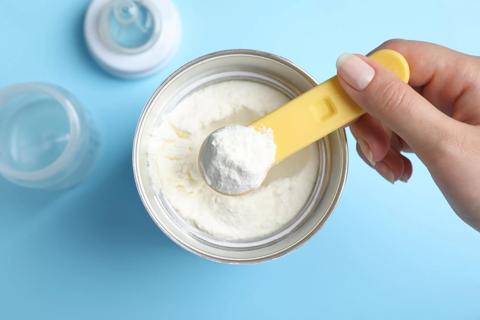
When breastfeeding doesn’t go as planned, you may need to supplement with formula or donor breast milk — and that’s OK
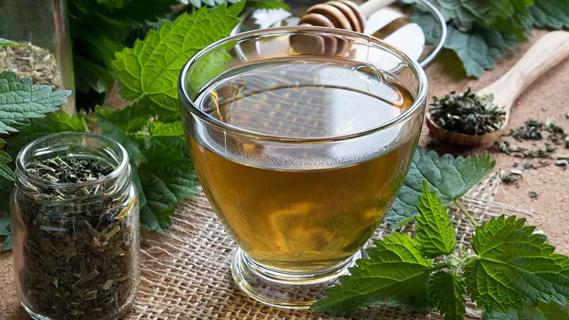
Breastfeeding supplements can be a needless expense at best, and risky at worst

Typically, milk comes in a few days after birth and regulates around four weeks after delivery

From the football hold to the cradle hold, consider trying a variety of techniques
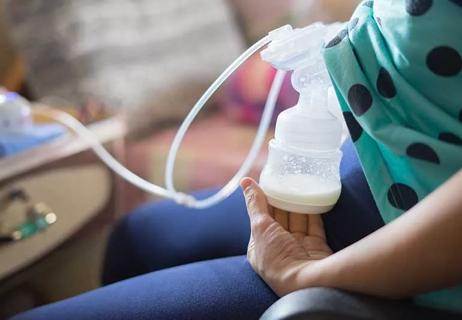
Gentle massaging, lying on your side and hand-expressing a little milk can help
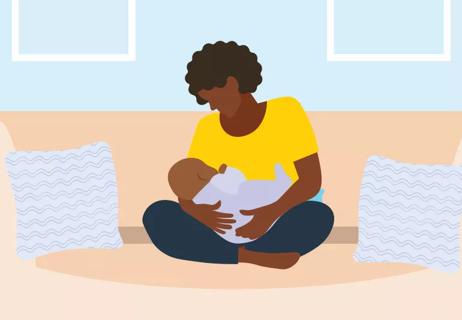
Get your milk flowing by getting comfy, releasing stress and focusing on your baby

Popular myth says breastfeeding prevents pregnancy, but that’s not the whole story
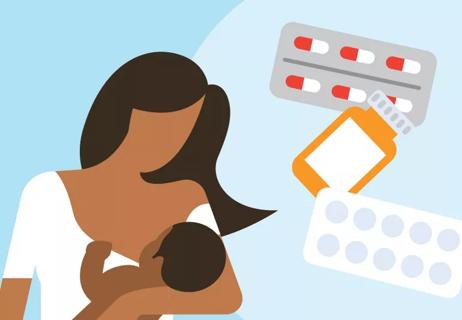
With some exceptions, most are OK

Type 2 diabetes isn’t inevitable with these dietary changes

Applying a hot or cold compress can help with pain